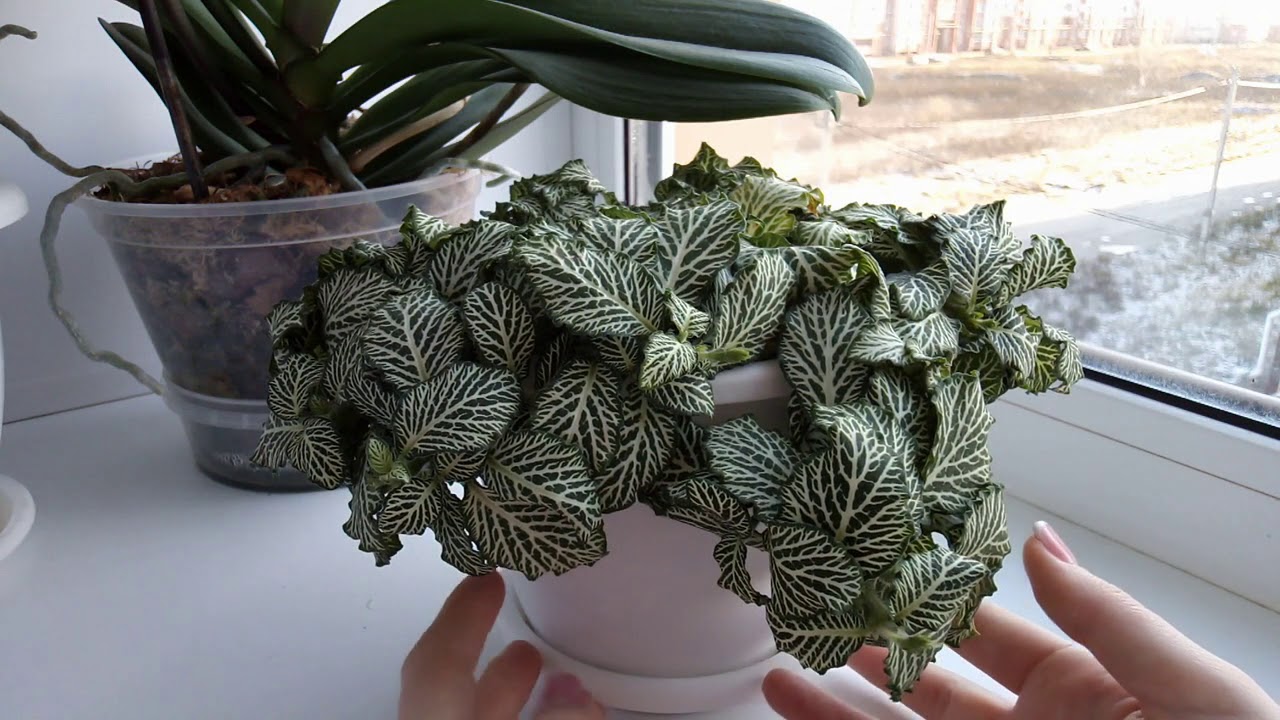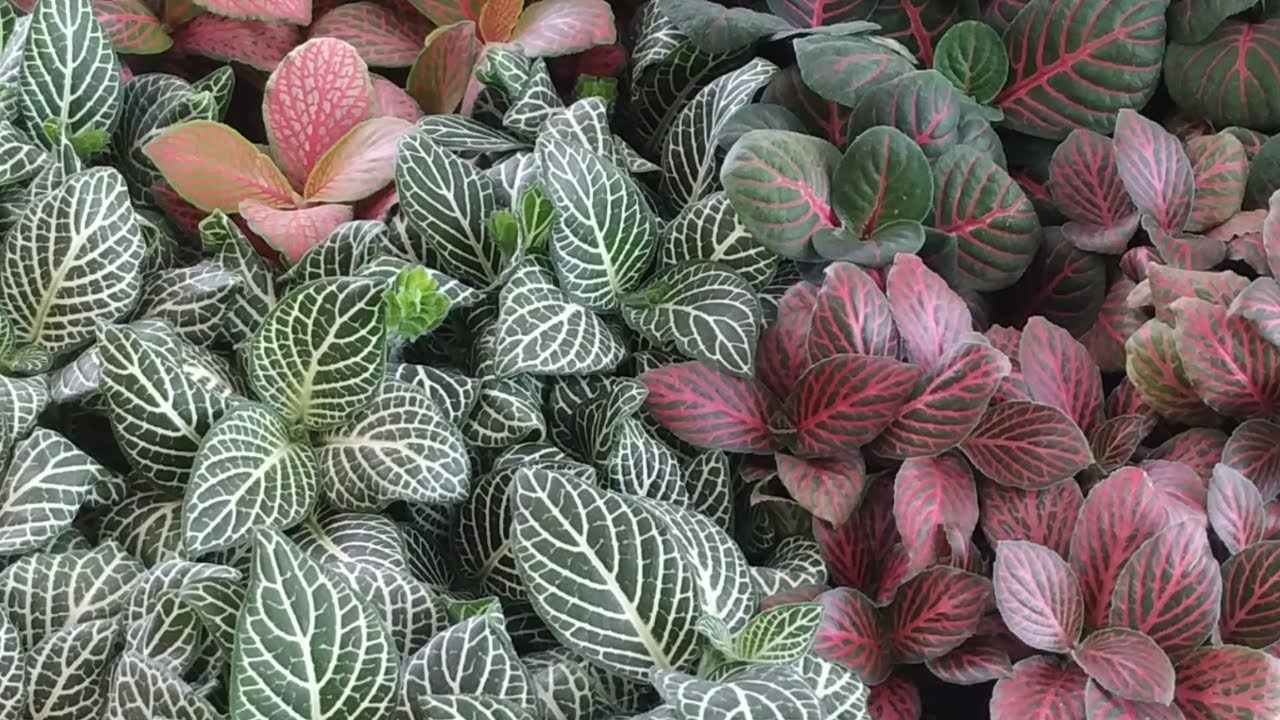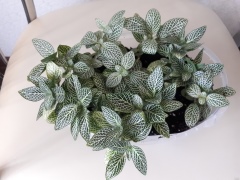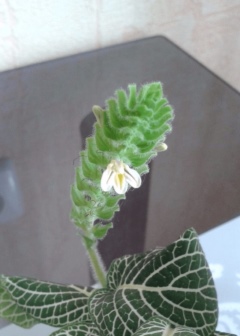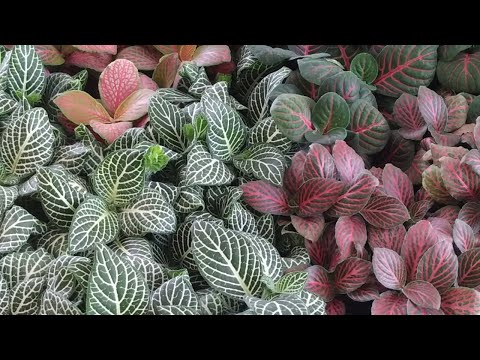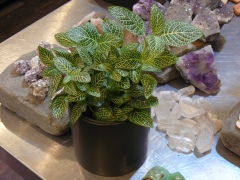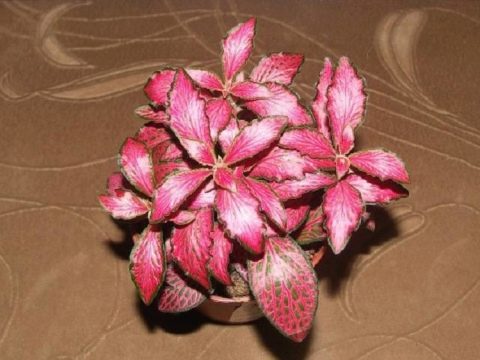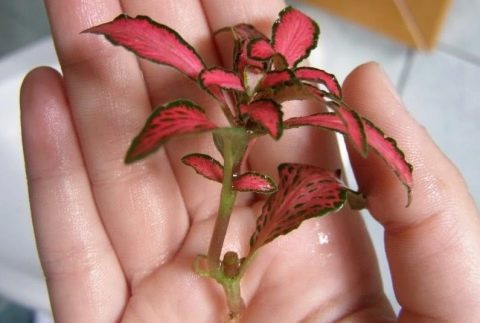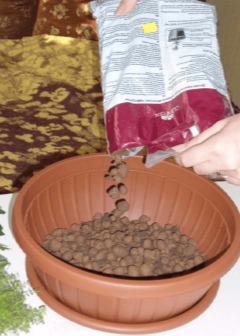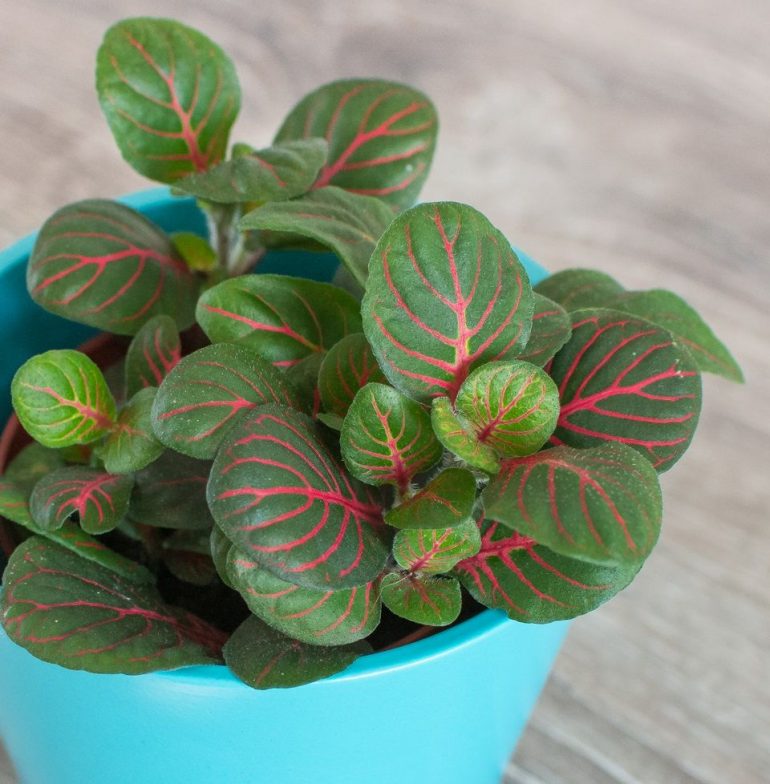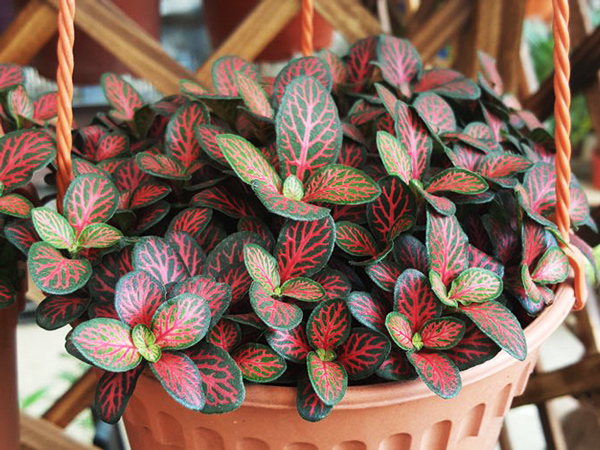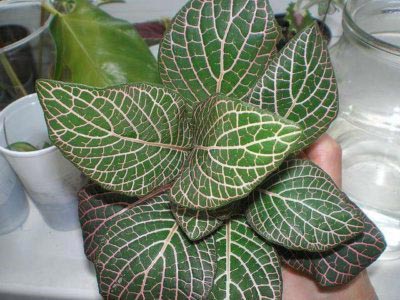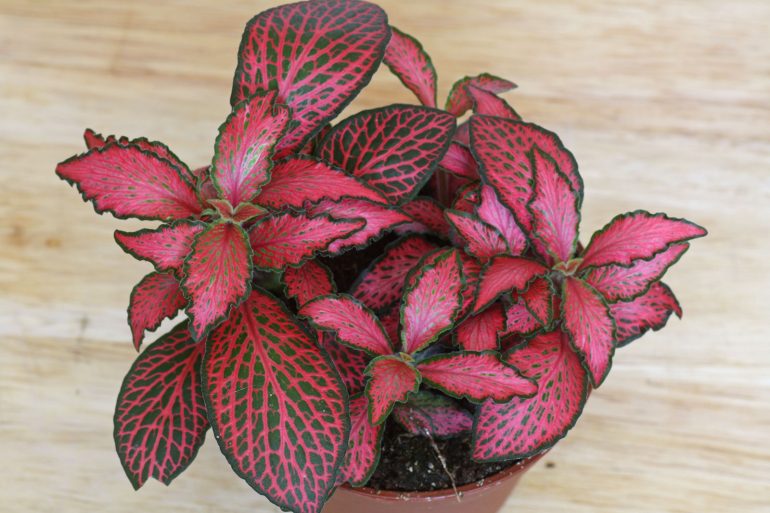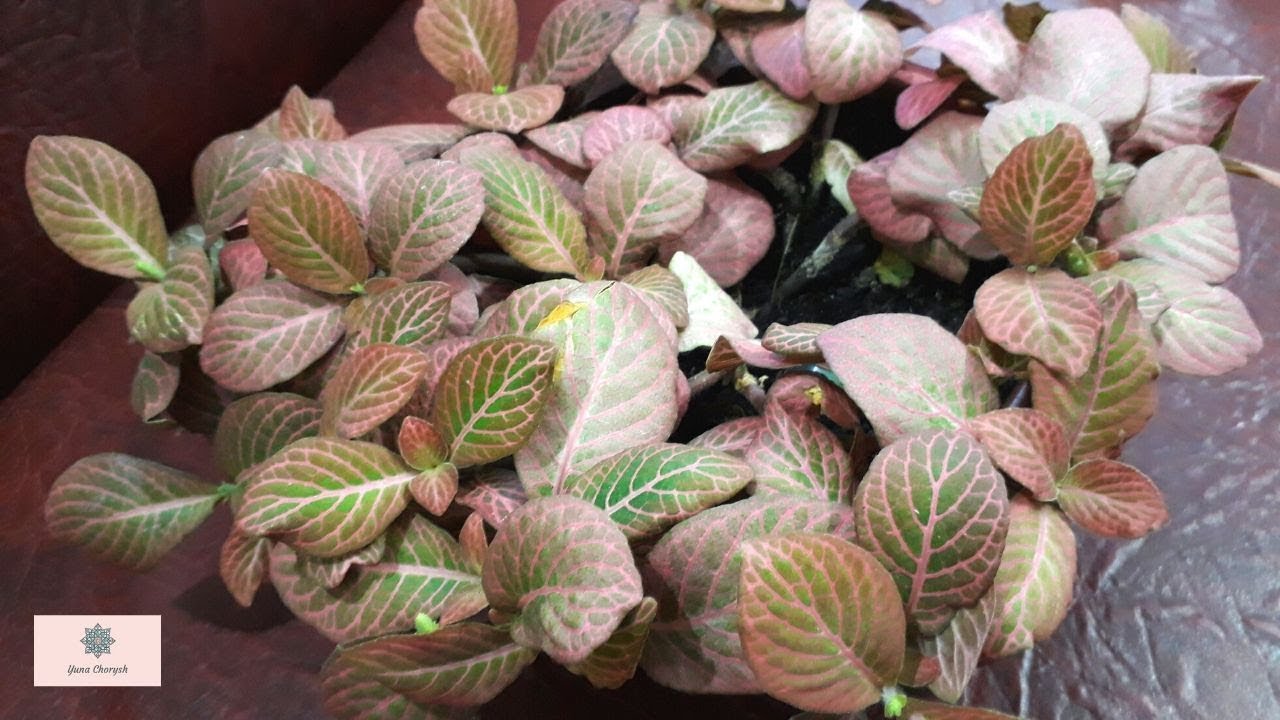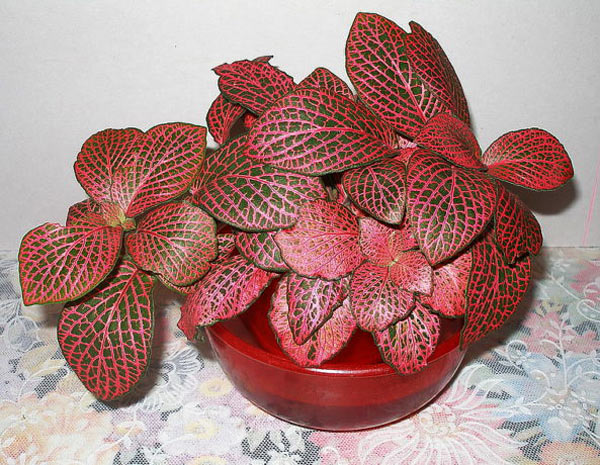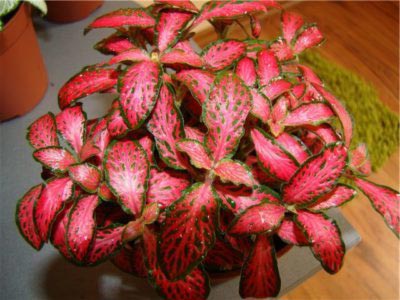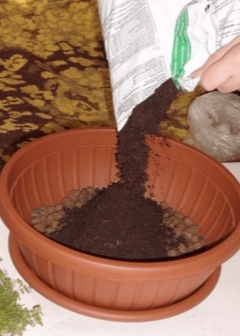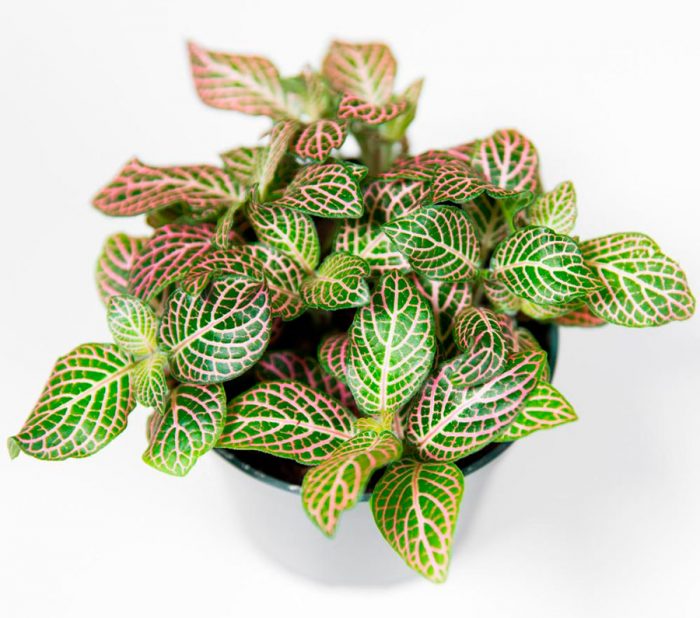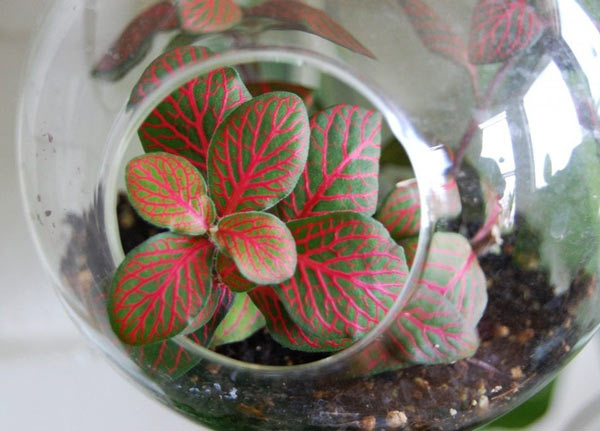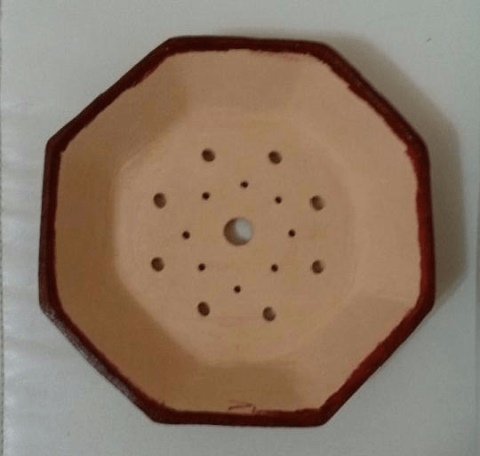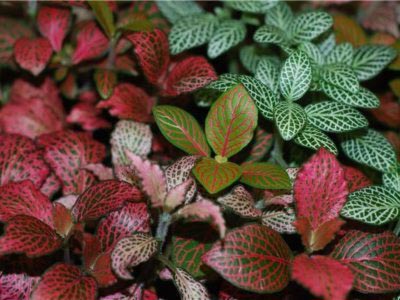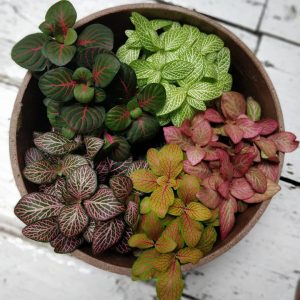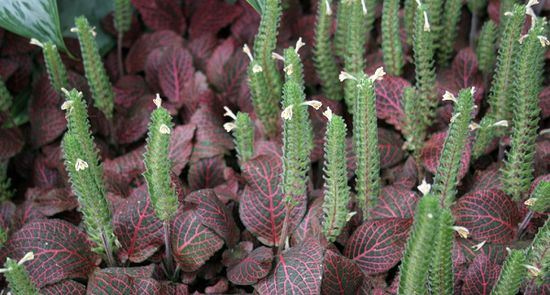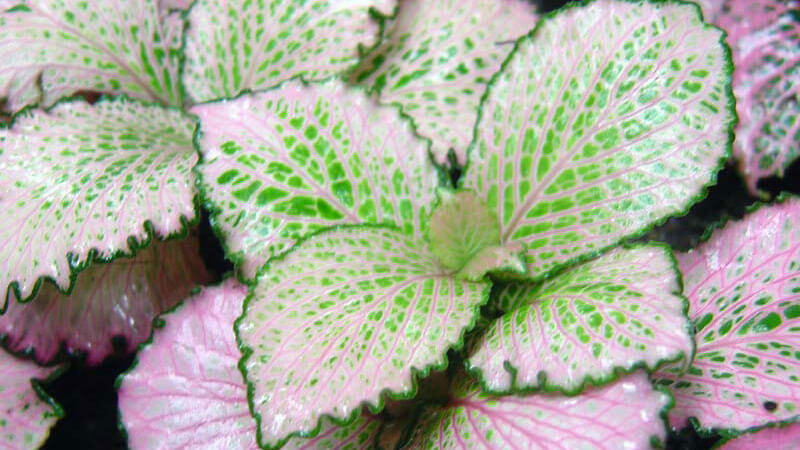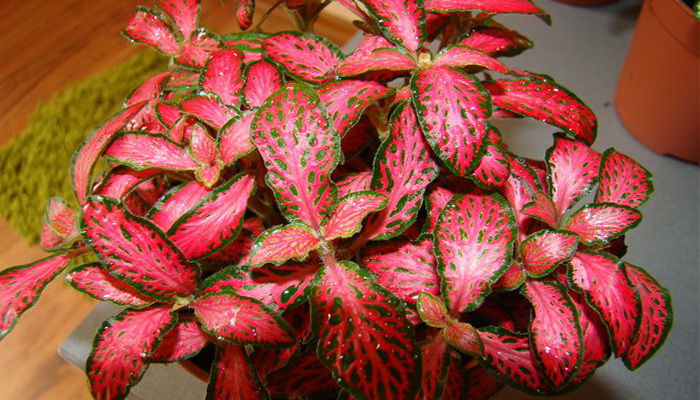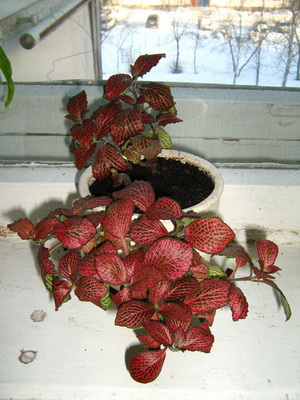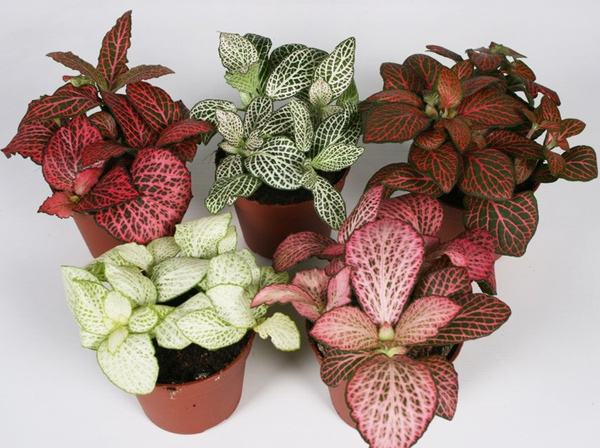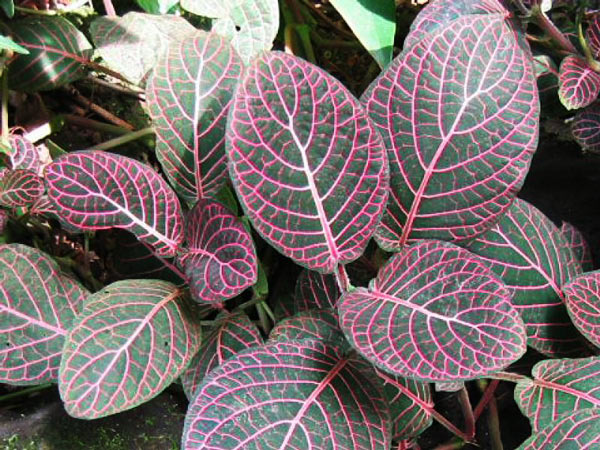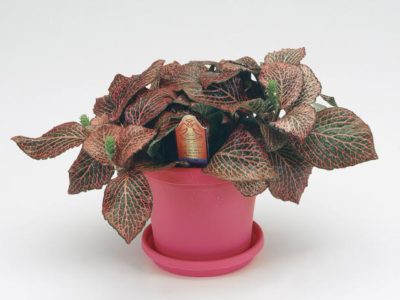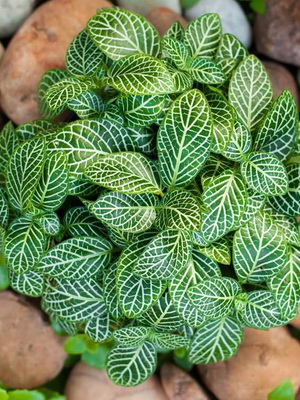Fittonia care at home
Lighting
Home fittonia, like most indoor plants, needs bright light, but you don't need to place the plant on a southern windowsill. Can be placed in a room with south-facing windows, but slightly in depth, so that direct sunlight does not fall on the leaves of the Fittonia. The plant thrives best on western or eastern windowsills. It can grow from the north side, but with a lack of lighting, the leaves lose their beauty. In winter fittonia in room conditions, it is advisable to increase daylight hours using fluorescent lamps.
Temperature
In summer, the temperature should be around 24 ° C, and in winter around 20 ° C. If, in winter, the Fittonia plant is kept at lower temperatures, then it can get sick. Also, a sharp temperature drop and drafts should not be allowed - the sure harbingers of leaf fall. Fittonia is a houseplant, so you can't take it outside or on a balcony, even in summer.
Watering fittonia
The basic rule is that an earthen lump in a pot with a Fittonia flower should not completely dry out. The second rule is that the soil should not turn sour. If you ignore rule # 1, the Fittonia will shed its leaves. If you do not adhere to rule number 2, the roots rot. In winter, water the flower a couple of days after the topsoil dries, the rest of the time - immediately after drying. Water for irrigation is taken at a distance, slightly higher than the temperature in the room.
Spraying Fittonia
The fittonia plant at home needs regular spraying, since dry air leads to disease or pest damage. It is necessary to spray at least once a day, and preferably two: once in the morning, the other in the evening. To increase the humidity, you can put a container with water next to the pot, or put the pot itself on a pallet with wet expanded clay. The pot must not be immersed in water
It is important to remember that Fittonia leaves cannot be polished.
Fertilizing Fittonia
The indoor flower Fittonia needs fertilizers throughout the year, but one must remember that their excess will immediately affect the health of the flower. Therefore, the concentration of fertilizer should be halved compared to those suggested on the package. Complex mineral fertilizers are used: once a month in winter, and twice a month throughout the rest of the year.
Pruning Fittonia
In order for home fittonia to branch better, it is necessary to pinch the shoots. Over time, the lower part of the fittonia is exposed, which makes the plant less attractive. To rejuvenate the plant, it is necessary to prune at the end of March. But it should be borne in mind that if you completely cut off all the leaves, the development of young shoots will slow down, so pruning is carried out in several stages.
Fittonia transplant
Fittonia needs to be replanted annually in March-April. Together with the transplant, the rejuvenation of the plant can also be carried out, since with age the fittonia becomes not so decorative. The pot needs to be low, but wide. Expanded clay or fine brick is poured at the bottom of the pot, and a substrate is poured on top: two parts of coniferous and sod land, and one part of sand and peat.
Propagation of fittonia by cuttings
Fittonia can be propagated annually at the time of transplant, combining it with rejuvenation. For reproduction of fittonia at home, cuttings are taken from a cutting with three to five leaves from the top of the plant. In order for the stalk to take root as quickly as possible, its length should not exceed 8 cm. The stalk is placed with the cut end in the sand, covered with a jar and waited for about a month, from time to time removing the jar, watering and sprinkling.If you root the stalk in a jar of water, then you need to pour no more than a centimeter of water, and tie the jar itself with a bag. Two to three times a week, the bag is untied and the leaves are sprayed. The temperature must not drop below 26 ° C. When good and strong roots are formed, the plant can be planted in the earthen mixture described above.
Reproduction of fittonia by division
When transplanting, the Fittonia bush can be divided into several small ones and planted in separate pots. The main thing is not to damage the roots, so you need to carefully separate the bushes. Or, on the contrary, plant several plants in one pot to make the bush look more luxuriant, but this can hardly be called reproduction.
Propagation of fittonia by layering
Indoor fittonia itself can reproduce by layering, but it is better to help her. To do this, you need to slightly dig in a part of the stem without foliage. After some time, roots will appear in this place, after which the cutting can be separated from the mother plant and planted in an individual pot.
Reproduction methods
Over the years, Aeschinanthus loses its decorative effect, so it needs to be systematically updated. As a rule, the life span of such a plant does not exceed 3-5 years, after which it is destroyed, and a new bush is put in its place.
Propagation by stem and leaf cuttings

Most flower growers prefer to propagate Aeschinanthus by cuttings. For this, you can use both leaf and stem cuttings.
To obtain stem cuttings, cut off the top of the stem about 10 centimeters long. There should be 5 or 6 knots on the handle. Cutting is carried out before the buds are laid and flowering, or when the growing season ends. Remove all lower leaf plates from the segments, and then place them for rooting in a container of water or immediately plant them in a soil mixture consisting of sand and peat. From above, the cuttings are covered with a plastic bag, or they can be planted in a mini-greenhouse with bottom heating. In order for the cuttings to take root faster, they will need treatment with Kornevin, or, in extreme cases, sprinkle them with charcoal powder for disinfection. They take root best in warmth (about 25 degrees). Roots should form after 15–20 days.
In order to propagate eschinanthus with leaf cuttings, you need to cut off the leaf plate along with the bud. After that, the cut is processed and the stalk is planted in a container filled with a rooting substrate; on top it must be covered with a glass jar or a transparent bag. After rooting, the cuttings are transplanted into individual pots. To get a more lush bush, several cuttings can be planted in one container at once. At the bottom of the pot, a good drainage layer must be made; for this, broken shards or expanded clay are used. After planting, the surface of the substrate is covered with a thin layer of sand. It is necessary to use a soil mixture consisting of turf and peat soil, as well as pure river sand (1: 1: 1).
Eschinanthus. Reproduction
Growing from seeds
Less popular among florists is the cultivation of aeschinanthus from seeds. There are very small seeds inside the ripe capsule. To begin with, they are shaken out on a piece of paper, after which they are sown in a container filled with a substrate. To do this, the seeds are evenly distributed on its surface, from above the crops are covered with a film (glass). To moisten them, use the method of bottom irrigation through the pan. When the seedlings grow up, they are transplanted into small pots. Already next year, young plants will bloom.
Diseases and pests of fittonia
Fittonia died suddenly. The first option is too much watering, especially in winter. So you need to water less often, read above how. The second reason is too cold air or sudden temperature changes.
The lower leaves of fittonia fall. In Fittonia, this is normal as the stem becomes exposed over time.The plant needs to be rejuvenated by cutting off the balding shoots.
Fittonia leaves turn yellow. Fittonia is poured - you need to reduce the frequency of watering, allowing the soil to dry out between them.
Fittonia leaf tips turn brown. Sometimes it can turn yellow-brown. It all depends on whether the flower is fertilized or not, since this is a consequence of both an excess and a shortage of fertilizers.
Fittonia leaves shriveled. Fittonia needs high humidity, and wrinkled leaves indicate its excessive dryness. Another option is excess light or the flower is in direct sunlight.
Fittonia pests. Fittonia is most susceptible to damage by thrips, scale insects, spider mites and mealybugs.
Diseases, pests and mistakes of flower growers
Regardless of where, how and under what circumstances an ornamental culture lives, it can be affected by various pests and diseases. Fittonia has them too.
Diseases:
- Decay of roots. Fittonia loves moisture very much, but if you overdo it, the flower will only get worse. Watering is necessary just in time. If you water them more often than they should, the roots will start to rot and the leaves will turn yellow.
- Burns. In bright sunlight, the leaves of the plant get sunburn. It is recommended to place the Fittonia away from a direct light source.
- Leaves wrinkle. If the air in the room is very dry, then from a lack of moisture, the leaves of the house plant deteriorate and lose color. To avoid this, it is necessary to spray them.
- Rolling leaves. This is due to a lack of moisture. In order for the leaves to be beautiful, the plant should be watered regularly.
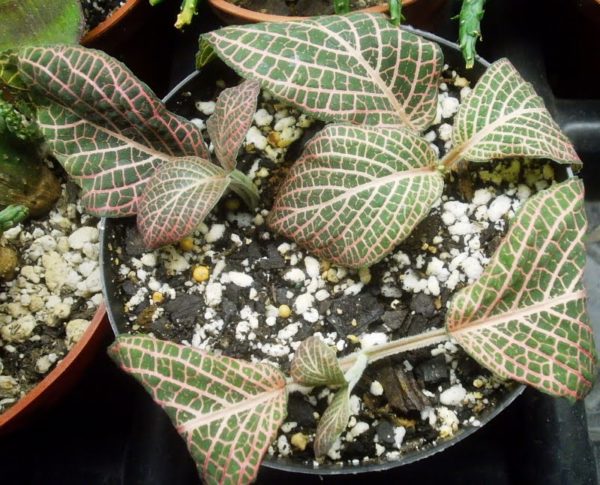 Pests:
Pests:
- Thrips. This insect damages young bushes by sucking out the juice. You can calculate the pest by the yellow spots on the leaves, which dry out after some time.
- Shield. Identified by brown plaques on the leaves and stem of the plant. Also, the plate loses color and dries. This is due to the fact that the insect drinks the sap of the plant.
- Spider mite. The pest leaves whitish spots and a cobweb under the leaves on the leaf plate.
- Aphid. This insect drinks the sap of the plant, which affects its condition. In addition, it lives inside the flower itself.
- Mealybug. It can be calculated by the "flour dusting" on the plant. The so-called dressing is the larvae of the pest that settle on the surface of the seamy side of the leaves.
Attention! As soon as signs of a pest have been detected, urgent isolation of the flower from other plants is necessary.
To get rid of insects, you need to carefully rinse the fittonia (insects are washed off), and then spray it with an insecticide.
The main mistakes of florists
| P / p No. |
Not right |
Right |
|
1 |
Put fittonia in the sun, bright light source |
Put fittonia on the shady side |
|
2 |
Rarely (or vice versa often) to water |
It is recommended to water Fittonia once every two days. To make it more convenient, it is recommended to monitor the topsoil. If it's dry, then it's time to water |
|
3 |
Store Fittonia in a cold (or very stuffy) place |
The indoor temperature in summer should not exceed 27 ° C, and in winter it should be below 19. |
Avoiding these mistakes, following the rules, it will turn out to grow a beautiful and healthy flower.
How to care?
Fittonia on the windowsill is the pride of many florists not only because it is a rarity, but also because it is not so easy to grow it - in fact, this is one of the factors that prevent this indoor flower from becoming truly massive. On the one hand, caring for such a plant at home does not require any incredible feats, on the other hand, the bush requires constant attention to itself, since our standard conditions are too unacceptable for it. Judging by the requests of this plant, you should really love gardening and never be away from home for a long time if you want your green pet to be in order.
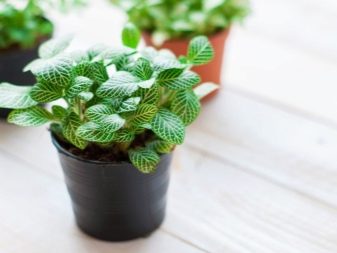
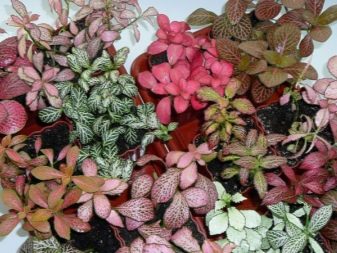
Watering
Both species and all artificial varieties of indoor fittonia belong to those fastidious plants that are very sensitive to watering, and categorically do not tolerate either shortage or excesses. If the soil in the container has dried even for a short time, at best you will get off with discarded foliage, but it is enough to gape a little longer - and the bush will die completely. This provokes many botanists to water Fittonia more often, but here the opposite problem lurks - the roots rot quite easily from excessive soil moisture, and the consequences of such a disaster are obvious.
A person who grows Fittonia requires a very delicate and precise sense of proportion when watering - you have to find a kind of "golden mean" when the soil is never dry, but does not turn into a swamp. At the same time, it is still easier to dry out the soil, since this plant is able to evaporate moisture from the surface of the leaves, and this process is especially active when the ambient temperature rises. In practice, this means that you will not calculate the ideal amount of water in one irrigation and the universal frequency of the procedure - you will have to react every time according to the situation.
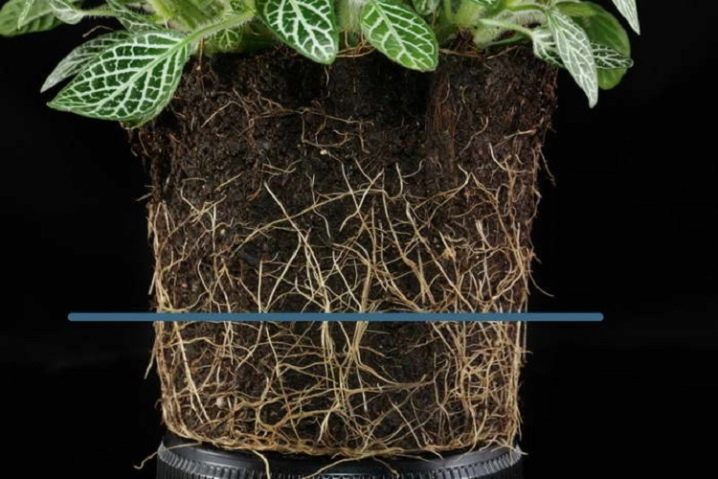
If we consider the need for watering seasonally, then in the summer, as we understood, drying out of the soil and evaporation from the leaves occurs very quickly, so you should water a little more often. In winter, especially if you have taken care of normal air humidification, Fittonia consumes less water, since it is not so hot, and growth slows down, so the risk of root flooding is greatly increased. If the room is not hot, in some cases you can even water the fittonia not immediately after the top layer of the earth has dried, but only a day after that.
Although at first it will seem very difficult to follow the watering regimen, over time you will get the hang of it and will instinctively understand when you need to water your garden again.
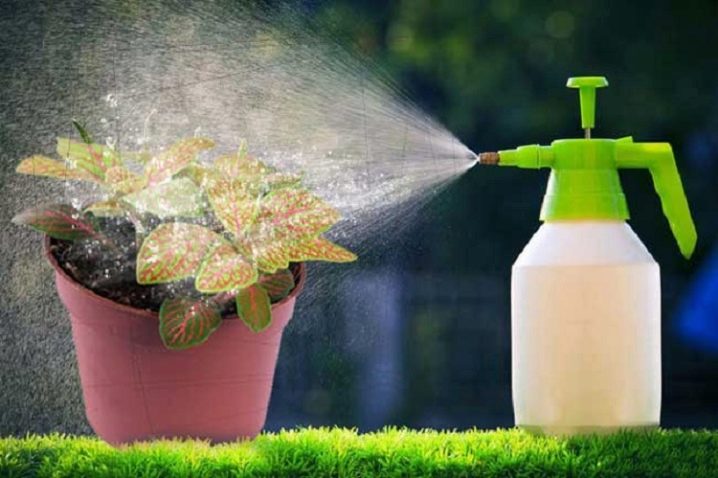
Top dressing
Fittonia refers to plants that do not assume that you can forget about them even for a short while, therefore, it needs regular feeding, and all year round - even in winter, when growth slows down.
At the same time, the plant does not require any specific fertilizers, ordinary mineral feeding is best for it, but, as in the case of all other care parameters, it is very important not to overdo it. People with experience in growing Fittonia argue that the instructions applied to the fertilizer package do not work in this case - the concentration of minerals in the solution should be approximately half as much
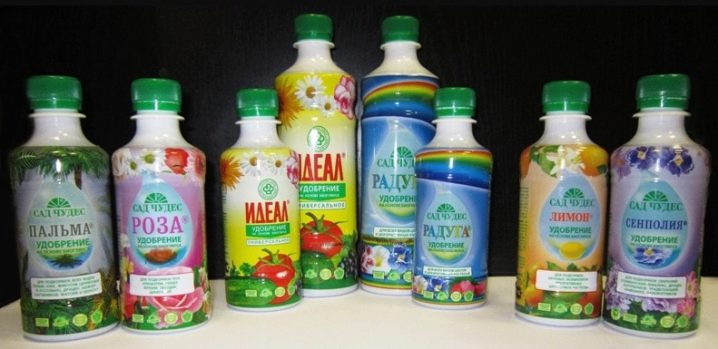
The frequency and intensity of fertilization largely depends on the type of soil in the pot, and on the age and size of the plant, but the average recommendations state that fertilizing is applied every two weeks in summer, and monthly in winter.
Pruning
This plant itself belongs to the creeping plant, but gardeners usually prefer to additionally stimulate growth to the side, and not up, therefore, even in the early stages of Fittonia development, they resort to pruning and pinching.
If everything is done correctly, you can achieve that the bush is truly lush and beautiful - for this it is important to pinch the top of the shoots of a young specimen in time
Fittonia forms a green mass very quickly, and in a few years it will be much larger than it is now. The problem is that the roots are not able to feed a plant of immense size, therefore after 3-4 years you will see that the leaves are formed only closer to the ends of the shoots, while the root areas remain bare. Anti-aging pruning helps to partially solve the problem, when old shoots are cut down to the lower leaves, which are left no more than a few pieces. This encourages the plant to shed its leaves lower, closer to the roots. However, such a trick will not work endlessly, therefore many advise you to simply propagate Fittonia in a timely manner, since at first there will not be such problems with a young plant.
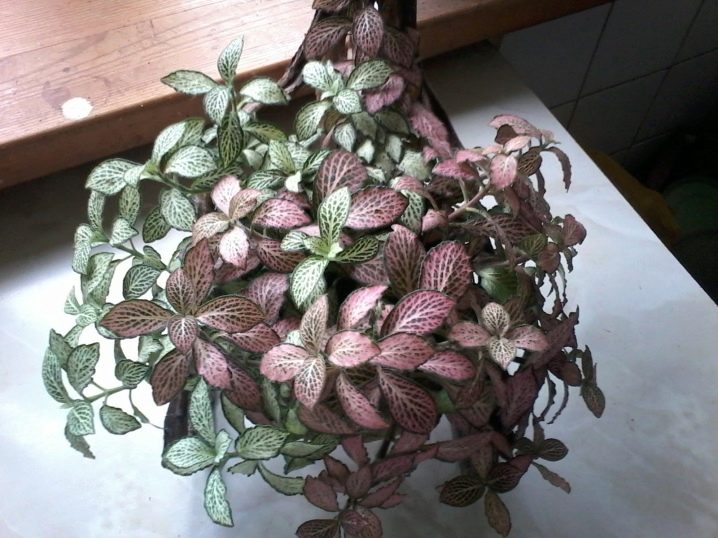
Flower varieties
In the wild nature of South America, along with the creeping species of Fittonia, an erect species grows - the Giant Fittonia (Fittonia gigantea). It is a large plant with upright woody shoots up to 60 cm in height, large elliptical leaves and pink flowers. Among the varieties of Fittonia, two types of flowers have gained the greatest popularity:
Skeleton. The leaves of the plant are velvety to the touch and have a rich olive shade. A red fine mesh of often branching veins appears on the surface of the leaf.
Perseus. This form is one of the smallest in the group of decorative fittonias. The stems of the plant are densely covered with small, dark green glossy leaves with bright crimson veins.
King Cross. A very original variety. Fittonia itself is white, its leaves have a corrugated, wavy edge and in appearance resemble lace foam.
Franks. The leaves of this species are very beautiful, they have a delicate pink color with a small splash of green, as well as a darker, curly edge.
Red Angel
A very bright, eye-catching variety. Its leaves are almost completely painted in various shades of red, and only a dark green edging appears to the edge of the leaf.
Compliance with the rules of watering and feeding
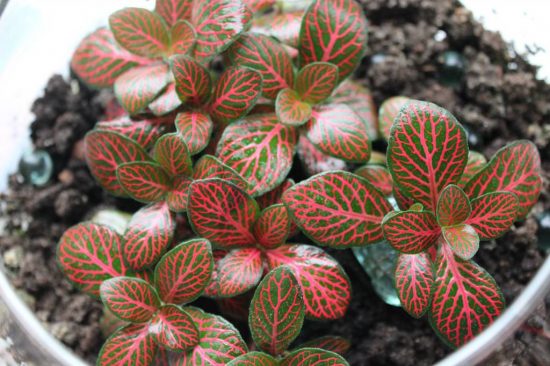
Fittonia is a plant that does not have a pronounced dormant period. This means that the grower must regularly monitor the humidity level. Watering the planted Fittonia is started after the obligatory inspection of the flower. It is forbidden to allow drying of sheet plates and soil. Each subsequent irrigation is carried out after monitoring the water level at a depth of 15 cm. The irrigation intensity can be adjusted according to the season.
The second rule is that moisture stagnation should not be allowed. The most difficult nuance. The gardener must understand when there is enough moisture, and when - in excess. There should be no mistakes, otherwise root rot will form. The third rule is to pour water on the root circle until the liquid begins to flow into the pan. Another sign that you need to finish watering is air bubbles. They appear on the surface of the ground. Other recommendations:
- fittonia is practically indifferent to the introduction of nutrients;
- it is allowed to use any complex composition in liquid form;
- the main thing is that the name of the complex feeding contains information that it is developed for decorative deciduous plants;
- the concentration indicated on the package is halved;
- feeding is carried out 1 time every 20 days;
- in winter, feeding is carried out once a month.
It is strictly forbidden to use substances that contain wax. The substance forms a film that does not allow air to pass through. This leads to the death of the plant. Pruning plays an important role in the development of fittonia. Every 5 days, the lateral shoots are pinched at ¼ of the length. This forces the plant to channel nutrients for its own development.
Note! The development of the Plantin Mix variety, like other flower varieties, is associated with the obligatory removal of these same flowers. Their development is extremely slow, taking a lot of energy.
How to propagate
The plant can be propagated during the transplant period, allowing the shrubs to rejuvenate.
Suitable cuttings with 3-5 leaves are cut from the top of the bush. To speed up the rooting process, it is worth choosing shoots whose length reaches 60-70 mm. Cuttings are planted in the sand with the cut tip down. From above, the processes are covered with glass jars. Roots should appear on the cuttings after four weeks.
It is important to moisten the sand in a timely manner and remove the cans for airing.
For the purpose of rooting, you can use a container with water, which should only slightly cover the surface of the bottom of the container. The cuttings located in the container are covered from above with a film material, which must be removed every three days for airing.The cuttings are systematically moistened by spraying. To speed up the rooting process, the temperature in the room where the containers with water are located should be kept within 28-29 ° C. As soon as roots are formed on the processes, you can plant the cuttings in a container filled with fertile soil. Reproduction of Fittonia is not a difficult process.

Fittonia in the aquarium

